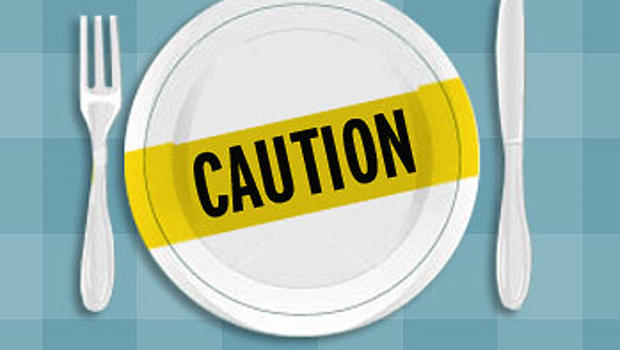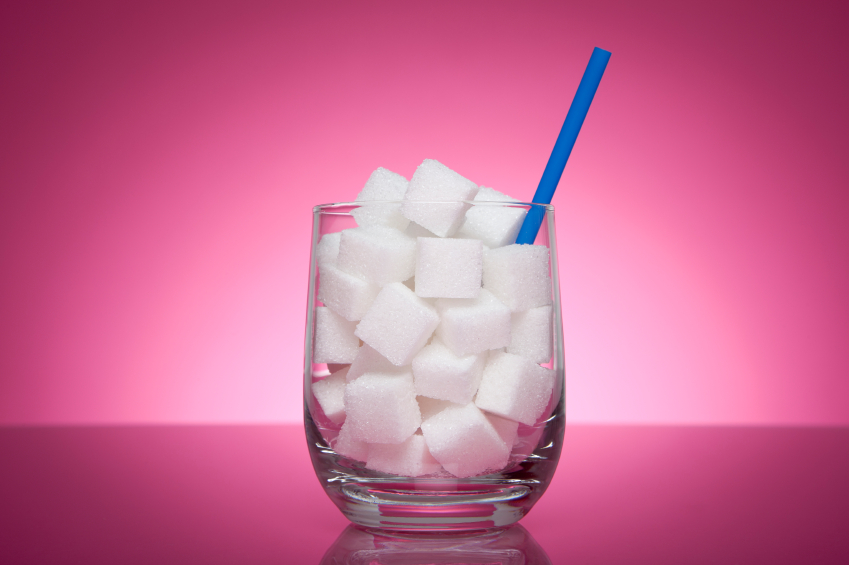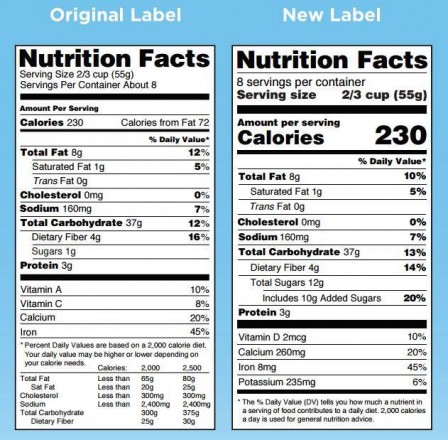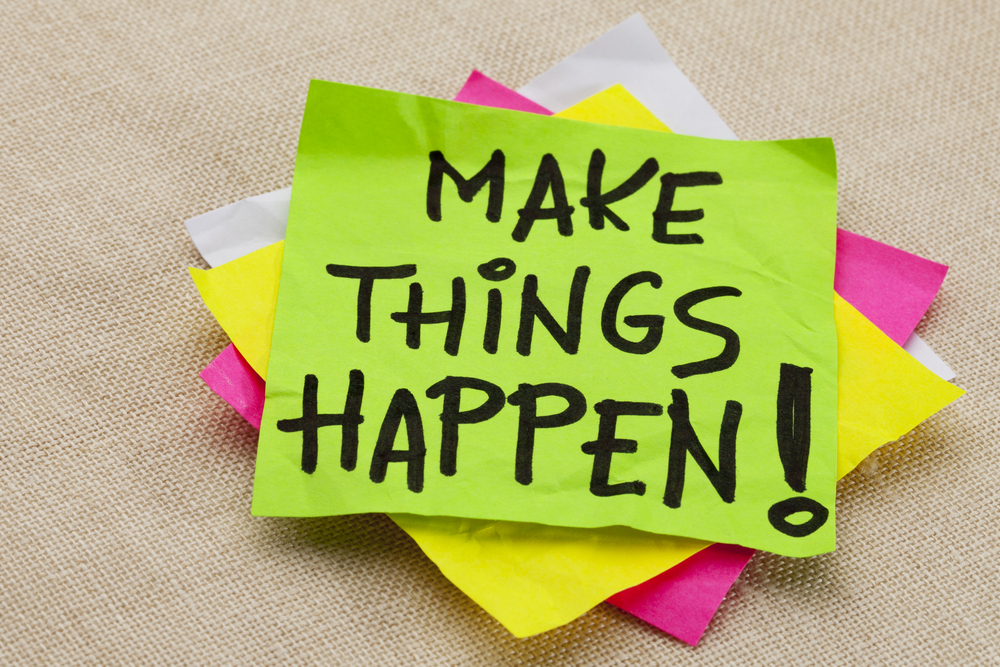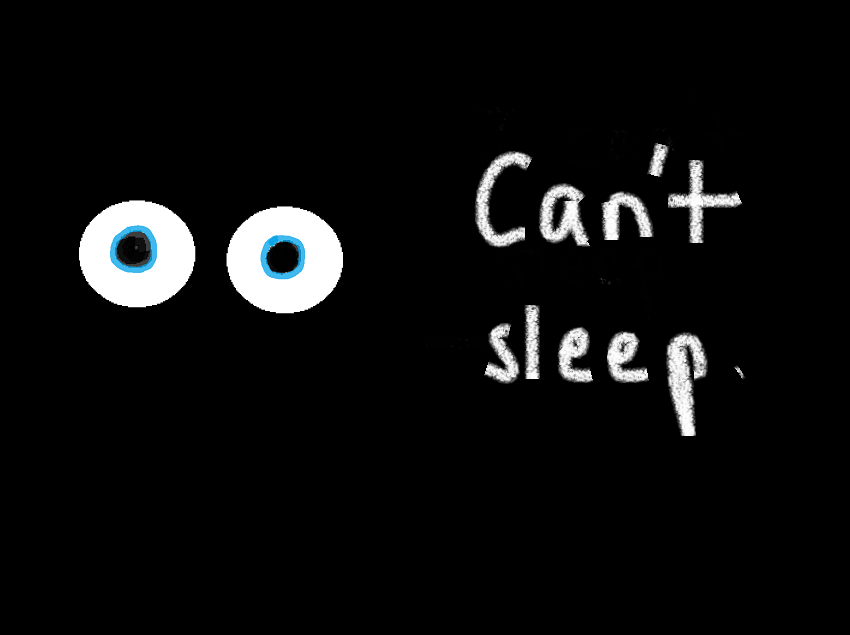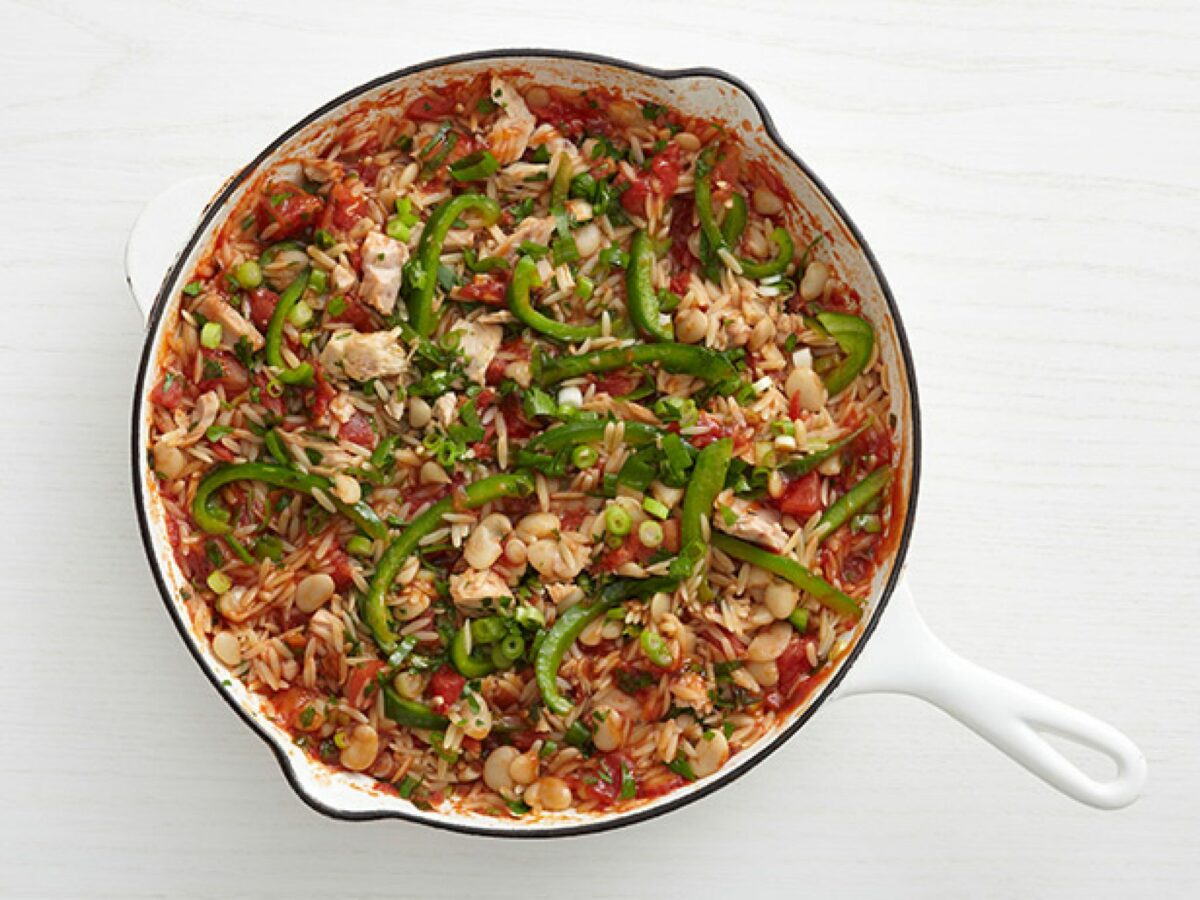
5 Dinners in 30 Minutes or Less
5 Dinners in 30 Minutes or Less
by Nicole Kiley, MSc, RD
Sometimes (most of the time) we have a limited window of opportunity to make dinner. While we would love to prepare and feast on a delicious five-coarse spread, sometimes (most of the time) that just isn’t feasible. No time for Instagram-staged food pics today! We need a recipe that is satisfying, nourishing and simple. Below are 5 Dolce-approved recipes that can be made in 30 minutes or less!

Asian Salmon
Prep Time: 10 minutes
Cook Time: 20 minutes
Serves 6
• 2 lb. wild-caught salmon
• ¼ cup honey
• 2 Tbsp. low-sodium soy sauce
• 1 Tbsp. seasoned rice vinegar
• 2 Tbsp. sesame oil
• 1 Tbsp. freshly grated ginger
• 1 Tbsp. Sriracha (optional)
• Freshly ground pepper, to taste
• 2 green onions, thinly sliced
• ½ tsp. sesame seeds
~ Quick Recipe ~
• Preheat oven to 375 degrees F. Line a baking sheet with foil.
• In a small bowl, whisk together honey, garlic, soy sauce, rice vinegar, sesame oil, ginger, Sriracha and pepper, to taste.
• Place salmon onto the prepared baking sheet and fold up all 4 sides of the foil. Spoon the honey mixture over the salmon. Fold the sides of the foil over the salmon, covering completely and sealing the packet closed.
• Place into oven and bake until cooked through, about 15-20 minutes. Open the packet and broil for 2-3 minutes, or until caramelized and slightly charred.
• Serve immediately, garnished with green onions and sesame seeds. Serve with your favorite grain and sautéed veggies!

Italian Chicken Kabobs
Serves 4
• 1 ½ lbs. boneless skinless chicken breast, cut into 2-inch chunks
• 12 skewers
• 2 Tbsp. apple cider vinegar
• 1 tsp. sea salt
• ½ tsp. hot red pepper flakes (optional)
• 1 Tbsp. extra virgin olive oil
• 1 Tbsp. fresh basil, chopped
• 1 Tbsp. fresh oregano, chopped
• 2 garlic cloves, minced
• 2 zucchinis, sliced into rounds
• 1 large red bell pepper, seeded & cut into 2-inch slices
• 1 large green bell pepper, seeded & cut into 2-inch slices
• 7 oz. Portabella mushrooms, cut into chunks (optional)
~ Quick Recipe ~
• The key to the kabob is cut everything so that you can spear it with a stick! You can make this on the grill or in the oven. If using oven, preheat to 350 degrees.
• Whisk apple cider vinegar, 1 tsp. sea salt, and hot red pepper in bowl, followed by olive oil. Add basil, oregano and garlic, and stir. Add in chicken and toss to coat. Let marinate about 15-20 minutes.
• In large pan, sear all sides of the chicken pieces so that when skewered, no raw chicken is touching the veggies.
• Skewer the chicken and all veggies and place on grill, turning occasionally until chicken is cooked through and veggies are browned at edges. If cooking in oven, you’ll need one large (or multiple) baking dish(es).
• Place skewers in baking dishes, brush chicken and veggies with sauce and cook for about 30 minutes or until chicken pieces are cooked through and veggies are browned at edges.
• Whether you’re cooking these on the grill or in the oven, be sure to baste occasionally while cooking. Serve and enjoy!

Parmesan Crusted Chicken w/ Oven Roasted Potatoes & Veggies
Prep Time: 10 minutes
Cook Time: 20 minutes
Serves 4
• 1 ½ pounds red skin baby potatoes
• 1 small red bell pepper, seeded and thinly sliced
• 1 mild green pepper, cubanelle, seeded and thinly sliced
• 1 medium yellow onion, thinly sliced
• 4 cloves garlic
• 1 tsp. crushed red pepper flakes
• 2 Tbsp. avocado oil
• 2 Tbsp. extra virgin olive oil
• Sea salt & pepper
• 2 cups shredded Parmesan (not grated)
• 4, 6 ounce boneless, skinless chicken breasts
• 4 plum Roma tomatoes
• 15 to 20 leaves fresh basil, pine leaves, roll then thinly slice
~ Quick Recipe ~
• Preheat oven to 500 degrees F.
• Cut potatoes into halves or quarters. Cover a large cookie sheet with foil and place potatoes on cookie sheet. Combine with peppers and onions, garlic and crushed red pepper lakes. Coat the potatoes, peppers and onions with extra-virgin olive oil. Season with sea salt and pepper. Place potatoes in oven and roast for 20 to 22 minutes, until potatoes are just tender and peppers and onions are crisp at edges. Toss mixture with tongs, turning potatoes after 15 minutes.
• While potatoes cook, prepare chicken. Roll out a 2-foot piece of waxed paper or foil. Heat a large pan over medium high heat. Pile the shredded cheese on the waxed paper or foil. Season chicken with black pepper. Press the breasts firmly into the cheese. Coat both sides with as much cheese as possible. Add 1 Tbsp. avocado oil to skillet and then add chicken. Let chicken cook for 7 minutes on each side, until cheese forms and even golden casing around tender chicken breasts.
• While chicken cooks, combine chopped tomatoes with basil in a small bowl. Season with salt and pepper. Top chicken with tomato-basil sauce and serve with potatoes, peppers and onions.

Quick Ratatouille
Serves 4
• 2 Tbsp. extra virgin olive oil
• 1 medium onion, dived into ¾-inch pieces
• 2 cloves garlic, minced
• 1 eggplant (1 pound), diced into ¾-inch pieces
• 1 red pepper, diced into ¾-inch pieces
• 1 15 oz. can fire-roasted diced tomatoes, drained
• 2 zucchinis (1 pound), diced into ¾-inch pieces
• 1 tsp. fresh thyme, chopped
• 1 15 oz. can cannellini beans, drained and rinsed
• ¼ cup parsley, chopped
• ½ tsp. salt
• ¼ tsp. pepper
~ Quick Recipe ~
• Heat oil in a large skillet on medium heat. Add onion and sauté for 5 minutes. Add garlic, eggplant, and red pepper; cover and cook for 10 minutes. Mix in tomatoes, zucchini and thyme, cover again and cook for 12 minutes.
• Stir in beans, parsley, salt and pepper, and heat through. Enjoy!

Skillet Orzo with Tuna
Prep Time: 10 minutes
Cook Time: 20 minutes
Serves 4
• 2 Tbsp. avocado oil
• 1 clove garlic, thinly sliced
• 4 green onions, thinly sliced
• 1 14 oz. can no-salt-added diced tomatoes
• ¼ tsp. dried oregano
• 1 ¼ cups orzo
• Dash sea salt and freshly ground pepper
• 1 14 oz. can cannellini beans, drained and rinsed
• 1 green bell pepper, thinly sliced
• 1 can wild-caught tuna, in water – drained
• 1 lemon
• 2 Tbsp. chopped fresh parsley
~ Quick Recipe ~
• Heat oil in large skillet over medium-high heat. Add garlic and half of the scallions and cook, stirring for 1 minute. Add tomatoes and oregano. Cook and stir for 3 minutes. Stir in 2 ½ cups water, orzo, ¼ tsp. salt and pepper to taste. Bring to a boil, then reduce heat to medium-low and stir in beans. Cover and simmer until most of liquid absorbed and the orzo is tender, roughly 10 minutes.
• Add bell pepper and continue cooking, roughly 3 minutes. Sitr in tuna, juice from lemon and parsley. Season with salt and pepper. Top with remaining scallions.

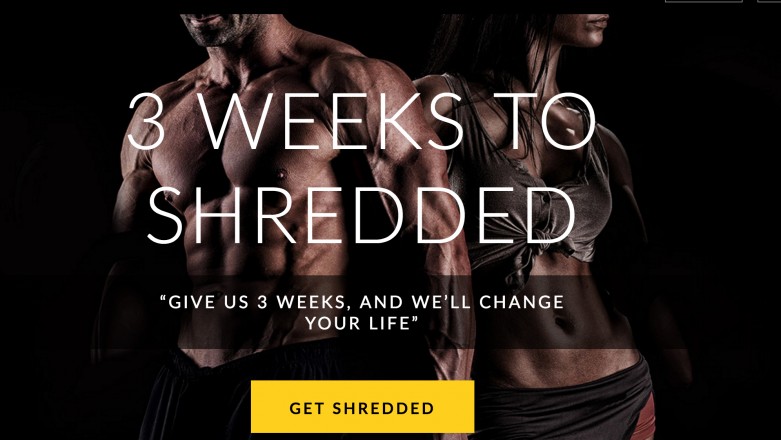

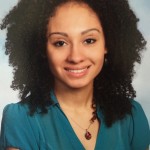 Amber is a recent graduate of Montclair State University’s Communication and Media Arts program. She has contributed various articles to Whole Foods Magazine as well as Fox News Latino. Passionate about both health and social issues, Amber is currently the co-host of a podcast that aims to educate folks on how to apply ancestral health practices in the modern world. She takes a moderate stance in most areas of life and believes that health is an extremely personal journey that relies on open-mindedness and self-awareness. Her aspirations include earning a master’s degree within the realm of health communication and becoming a French Bulldog mom.
Amber is a recent graduate of Montclair State University’s Communication and Media Arts program. She has contributed various articles to Whole Foods Magazine as well as Fox News Latino. Passionate about both health and social issues, Amber is currently the co-host of a podcast that aims to educate folks on how to apply ancestral health practices in the modern world. She takes a moderate stance in most areas of life and believes that health is an extremely personal journey that relies on open-mindedness and self-awareness. Her aspirations include earning a master’s degree within the realm of health communication and becoming a French Bulldog mom.
 If you’re living a generally unhealthy lifestyle, you’re probably clued-in. Most of us are aware that we shouldn’t be shoveling garbage down our throats at every opportunity, reaching for sodas, completely ignoring our bodies’ primal urges for exercise — but we do it anyway. And we somehow are able to shut down the nagging voice in the back of our minds that tell us to knock it off and get ourselves into shape.
If you’re living a generally unhealthy lifestyle, you’re probably clued-in. Most of us are aware that we shouldn’t be shoveling garbage down our throats at every opportunity, reaching for sodas, completely ignoring our bodies’ primal urges for exercise — but we do it anyway. And we somehow are able to shut down the nagging voice in the back of our minds that tell us to knock it off and get ourselves into shape.


